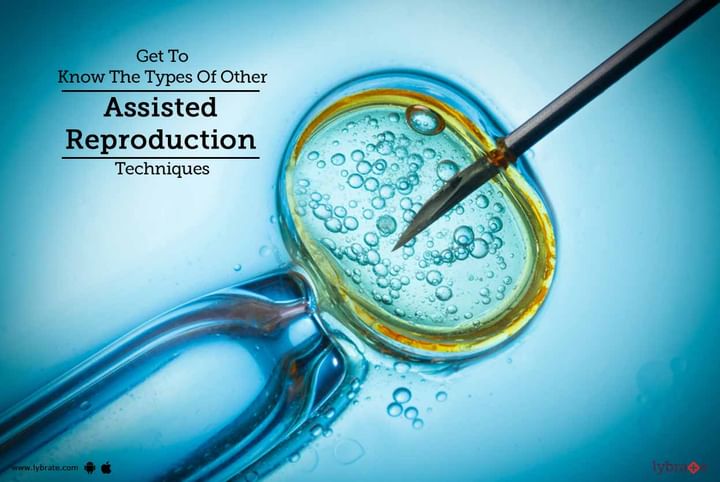Get To Know The Types Of Other Assisted Reproduction Techniques
Treating infertility resulting in successful pregnancy is not difficult anymore. The couples have the luxury to choose among several available options such as in vitro fertilization, fertility medication, and surrogacy, depending upon the severity of being infertile. The techniques that assist in such treatment procedures are called the Assisted Reproduction Techniques (ART).
While there are various known Assisted Reproduction Techniques available, the cause of infertility is the deciding factor for the type of technique that should be used during the treatment.
Causes of infertility among couples-
The causes of infertility are sometimes readily determined in some couples while in some others it remains a mystery. Obtaining a thorough physical examination is crucial in evaluating the couple and understanding the possible cause of infertility. Male factor testing and ovulatory function testing are often recommended to detect the cause of infertility and determine which assisted reproduction technique can be most suitable.
Assisted Reproduction Techniques-
- Artificial insemination: Artificial insemination also referred to as intrauterine insemination, is a process recommended to women who have normal and healthy fallopian tubes but are not able to conceive due to unknown reasons. This could happen due to mechanical difficulties during sexual intercourse. If the man is not able to achieve an erection or has structural issues of the male genitalia as a result of any trauma or surgery, it may result in failure in conception. The process of artificial insemination involves insertion of the male partner’s semen through the female cervix right before ovulation. This process can be performed during the normal menstrual cycle or in combination with ovulation induction.
- Intrauterine insemination (IUI): This is one of the primary assisted reproduction techniques, which involve the collection of the sperm, followed by preparation of the sperm in the laboratory, which is then inserted it into the uterus of the willing-to-be mother. Before the process takes place, doctors recommend undergoing tests of tubal patency. One can undergo a cycle of IUI with or without fertility drugs for the woman, depending on individual health.
- In Vitro Maturation (IVM): In this process, the immature eggs are collected from the ovary of a woman during the natural and unstimulated menstrual cycle. Then the eggs are fertilized in the laboratory, and after attaining sufficient maturity, multiple embryos are created for development.
- Vitrification: This is yet another method of assisted reproduction to fertilize the eggs, sperm, and embryos. In the earlier days, it was a risky procedure with an uncertain rate of survival. However, after the invention of the process of vitrification, the success rate of creating an embryo is around 95 percent. This is owing to the use of more technologically advanced methods.
- Intracytoplasmic Sperm Injection: The Intracytoplasmic Sperm Injection or the ICSI method involves selection of a single sperm, which is eventually injected into the egg. It is an invasive process, and the selection of the sperm plays a pivotal role in the success of the process.
In case you have a concern or query you can always consult an expert & get answers to your questions!



+1.svg)
